Simulation, Training, and UX
The ability of operators and users to quickly and easily navigate interfaces and accomplish required tasks is fundamental to the creation of desirable, effective and safe products and services. Understanding the visual performance of trainees or users is often critical in determining key factors contributing to success or failure in the execution of these tasks. The evaluation of expert users can uncover strategies for success which can then be imparted to trainees. Specific failings in visual performance of trainees can often be quickly identified and corrected. In addition, user visual performance evaluation can point out deficiencies in the design of human operated controls in vehicles and machinery of all kinds, as well as computer software interfaces. Below are several ISCAN systems designed to characterize task-based visual performance in different contexts. Any of these platforms can be customized to meet the requirements of your application.
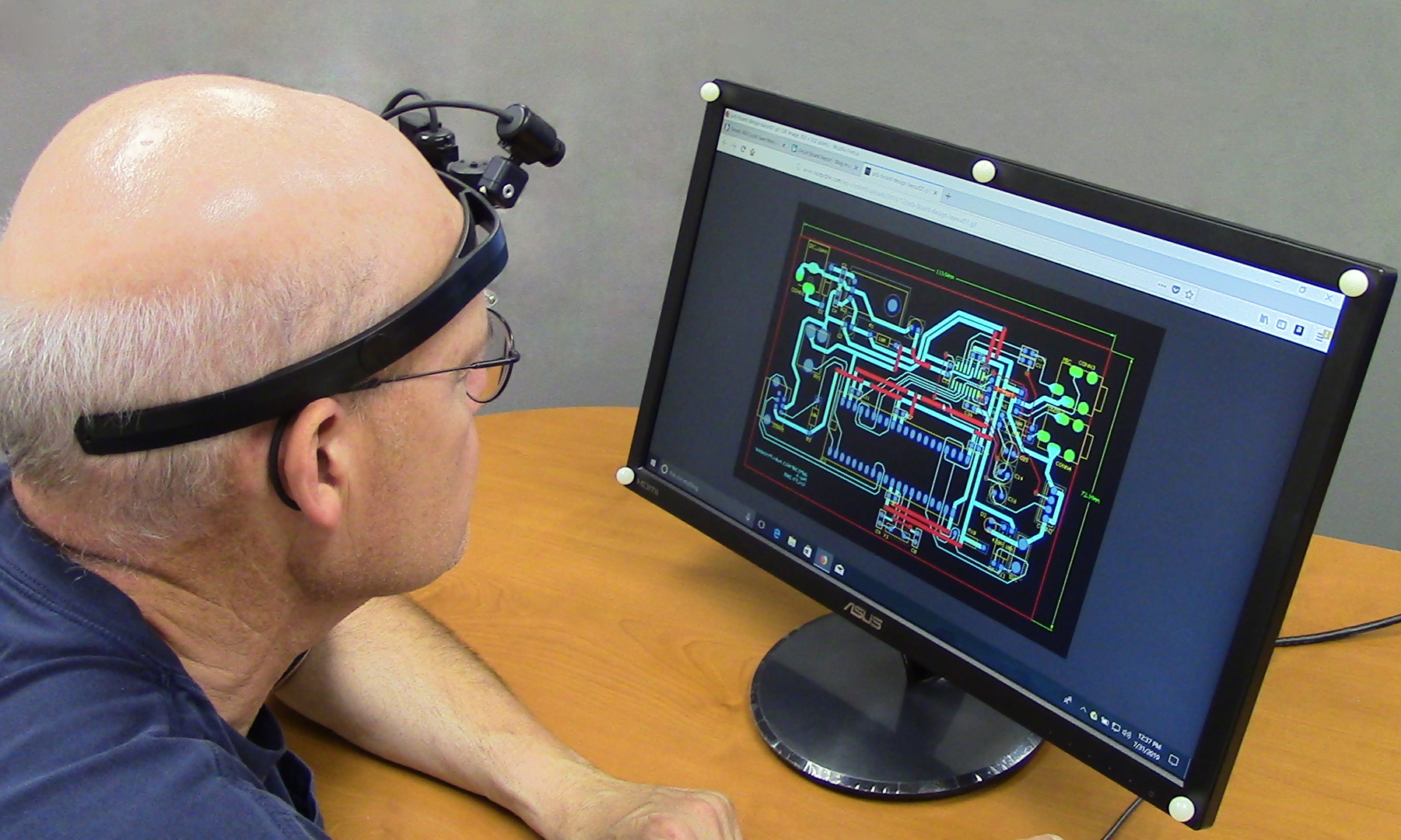
MyView-SD™ Head Mounted Single Display Eye Point-of-Regard Tracking System
The MyView-SD™ system (ETL560A) is ideal for assessing visual performance in a typical workstation environment. Any computer-oriented task can be presented and executed on the subject's workstation, while the MyView system calculates and records precisely where the eyes are directed in display-oriented coordinates. This means that the MyView data outputs can be directly matched to the displayed images for automated analysis. The lightweight headband can be worn for hours and allows the subject to attend to normal desk-based tasks while data is being collected.
| |
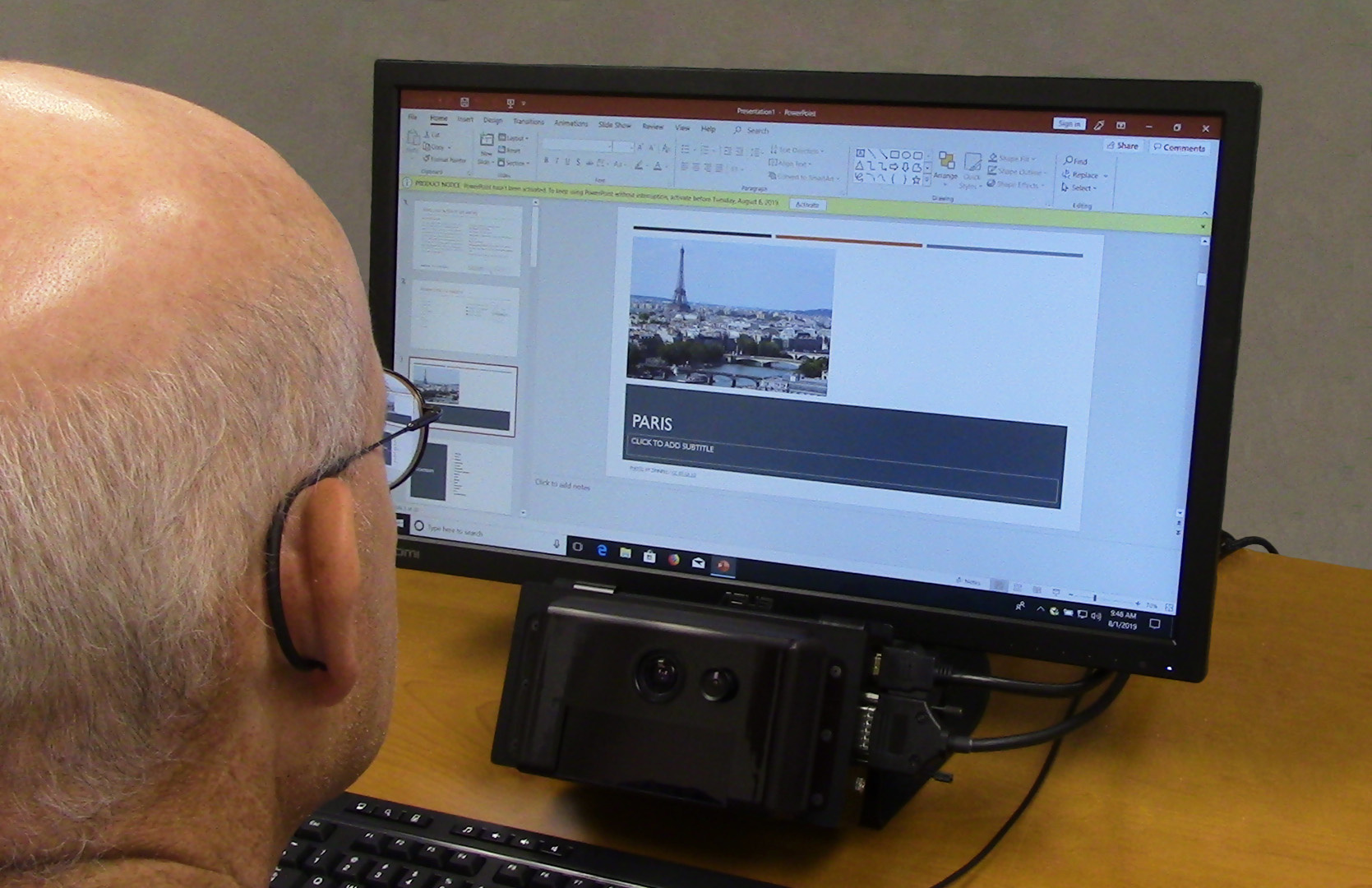
MegaView-SR™ Remote Mounted Eye Point-of-Regard Tracking System
1st Place - 2014 Tech Briefs Create the Future Design Contest
The MegaView-SR™ system (ETL340H-SR) is an excellent platform for assessing visual performance in a workstation environment without subject contact. Any computer-oriented task can be presented and executed on the subject's workstation, while the MegaView system calculates and records precisely where the eyes are directed in display-oriented coordinates. This means that the data outputs can be directly matched to the displayed images for automated analysis. The highly engineered eye imaging package is able to automatically acquire, follow and track both of the subject's eyes within a 1 cu.ft. area and comfortable viewing range from the display.
| |
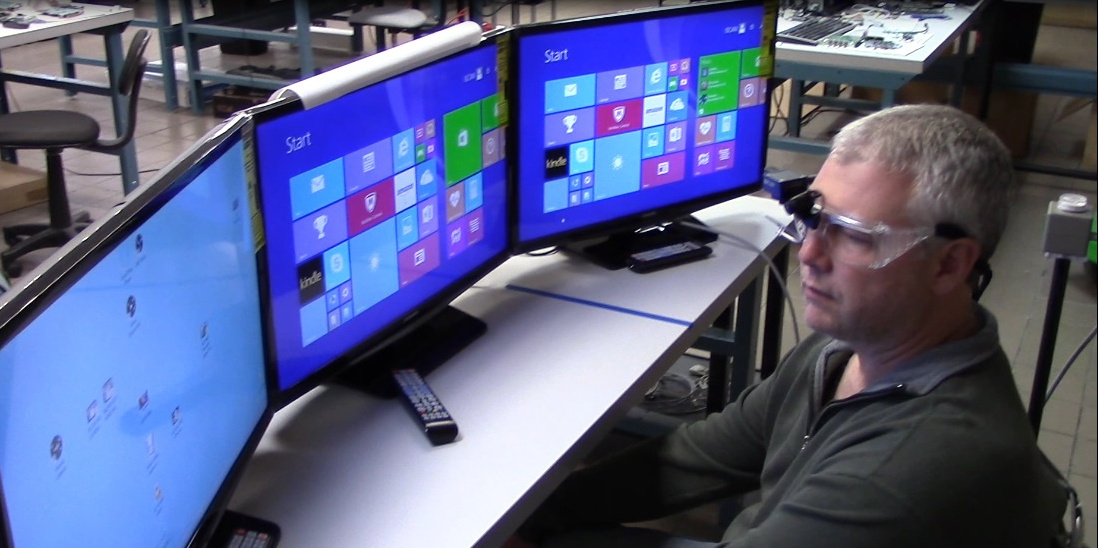
HeadHunter™ Multi-Plane Point-of-Regard Tracking System
To evaluate visual performance in complex work environments where multiple control panels and displays of varying configurations are available for operator interaction, the HeadHunter system (ETL600A) is the ultimate choice. Using a six degree of freedom magnetic head position sensor in conjunction with head mounted eye imaging, the system precisely measures the subject’s line of sight and the point-of-regard within any planar surface defined in the environment, in real time. With accurate plane intersection outputs, the data can be directly matched to control panels and displays for automated analysis.
| |
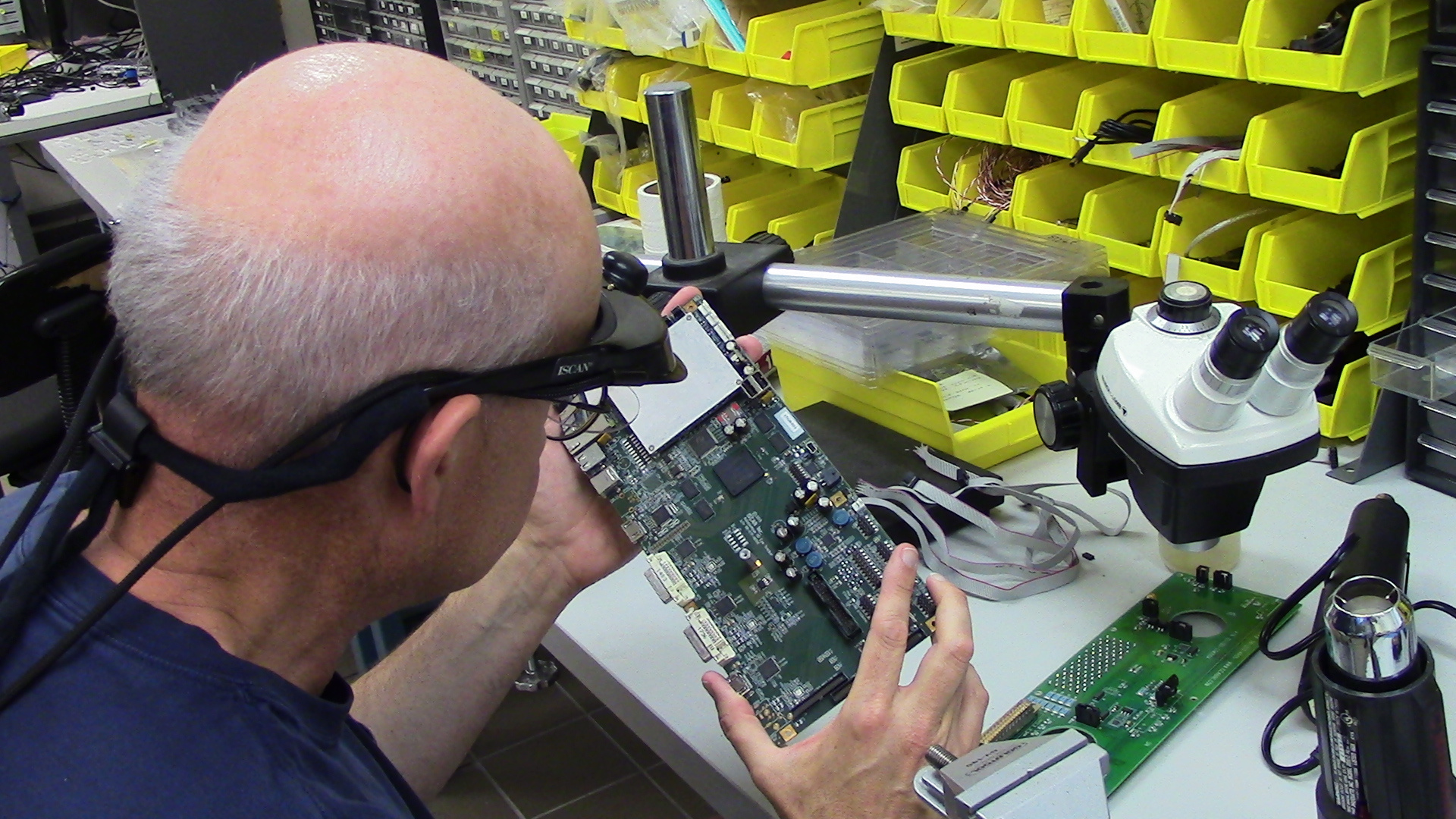
OmniView-TX™ Wireless Transmitter-Based Point-of-Regard Tracking System
Platinum Honoree - 2016 Military and Aerospace Electronics Innovators Awards
The OmniView-TX platform (ETL530A) creates a real time video record of an untethered subject’s point-of-regard with respect to their field-of-view in indoor or outdoor environments. The subject has complete freedom of action within a one hundred foot radius from a base station. Binocular eye and scene images are transmitted to the base station where the point-of-regard is calculated and displayed in real time. The recorded video record can be analyzed semi-autonomously to characterize visual performance.
| |
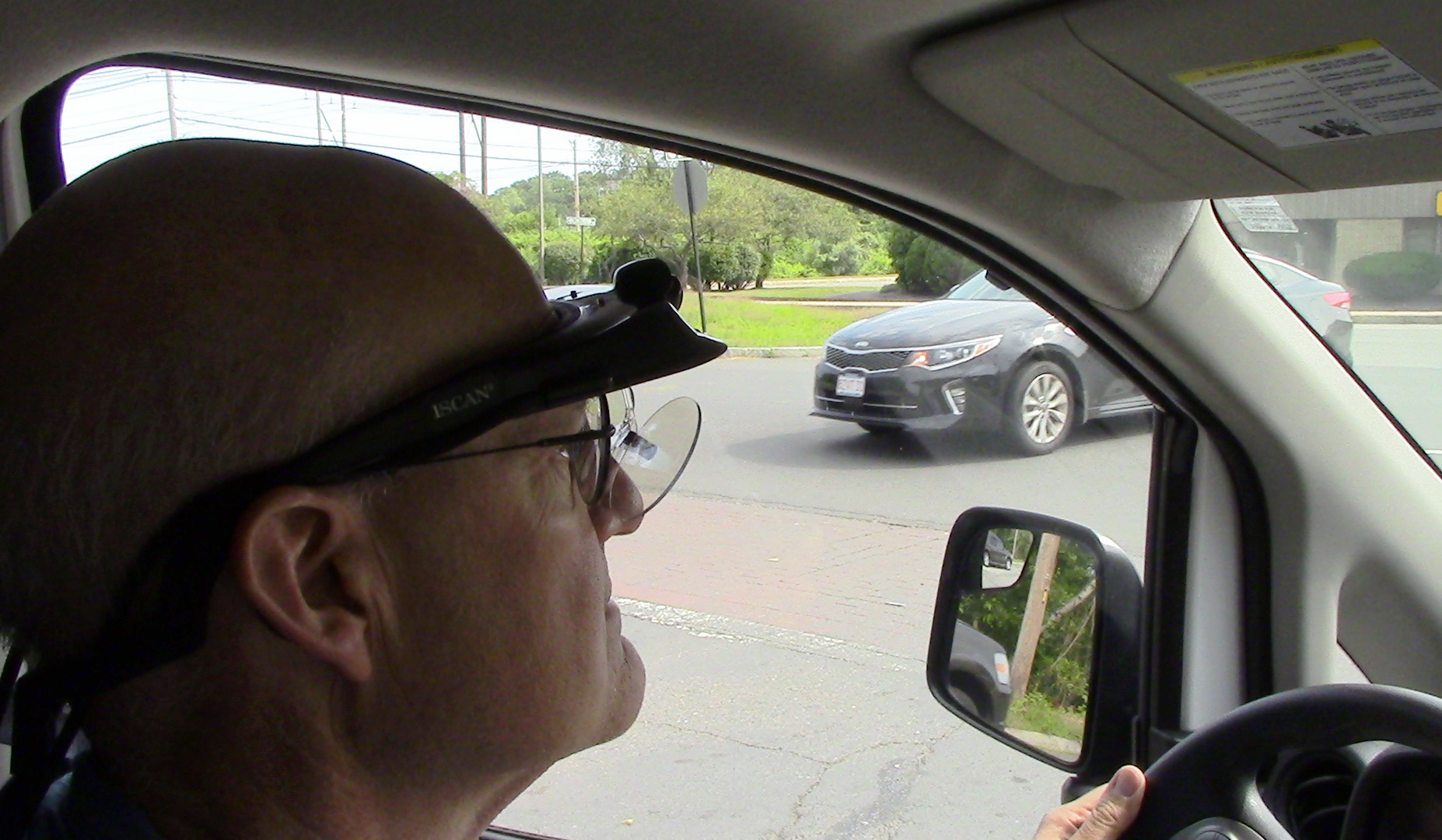
OmniView-RD™ Wireless Recorder-Based Point-of-Regard Tracking System
Platinum Honoree - 2016 Military and Aerospace Electronics Innovators Awards
The OmniView-RD platform (ETL532A) allows unlimited subject freedom of action within virtually any environment while collecting point-of-regard data with respect to the subject’s changing field-of-view. A belt worn multi-channel video recorder captures the binocular eye and scene images as the subject performs task actions. Upon return from the field, the captured data is downloaded to a base station where the video record of the subject’s point-of-regard is archived and may be semi-autonomously analyzed to characterize visual performance.

